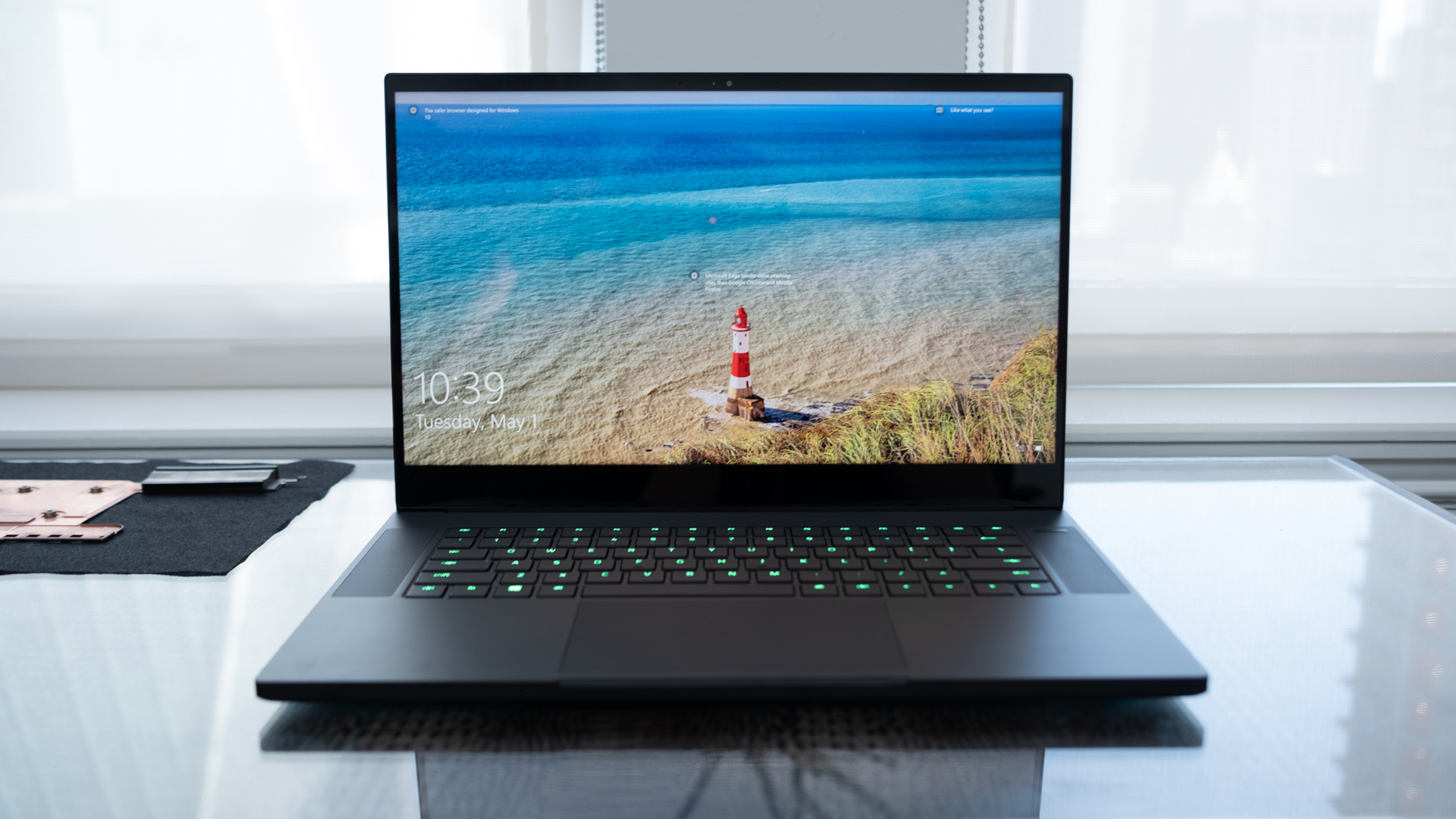INSUBCONTINENT EXCLUSIVE:
The 14-inch Razer Blade practically reshaped the gaming laptop landscape when it first dropped in 2013 as a thin but capable machine, and
now after five years its finally getting its first major redesign.For starters the 14-inch Razer Blade is now a 15-inch gaming laptop and
amazingly it's actually 3% smaller
While the 15.6-inch display lends this gaming machine 20% more viewable space, Razer has also shrunken down the bezels to a mere 4.9mm.On
top of all this, the Razer Blade gains an additional Full HD 144Hz panel option along with it more typical Full HD and 4K displays, and
they’re all IPS to boot.Screen options aside, the Razer Blade features a newly designed CNC machined chassis
Razer has finally ditched the MacBook Pro look it has held onto for the last five years in exchange for a modern look with straight lines
and squarer corners.Upon closer inspection, you might notice the trackpad no longer features buttons, but is now 30% larger
The keyboard has also been revised to have a shorter key travel on par with the Blade Stealth, but Razer stresses that it has maintained the
force attenuation on the keys to keep the typing experience on par with that of the old Blade.Kickass specsInternally, the new Razer Blade
hosts a swath of new hardware including 8th generation, Coffee Lake Intel Core i7 processors – sorry no Core i9 option here – as well as
Max-Q versions of the Nvidia GTX 1060 and 1070
Razer tells us users will be able to further push their systems for greater gaming or productivity performance with its updated Razer
Synapse 3 software.All configurations will also come with 16GB of DDR4 2266MHz RAM and either 256 or 512GB of PCIe SSD storage
Of course, users can open up the bottom panel of their machine to add up to 32GB of memory and 2TB of solid-state storage.Other small
improvements include an all vapor chamber cooling system (look ma, no heat pipes) and battery that’s been upgraded from 70 to 80
Unfortunately, Razer did not give us an estimate on battery life.Available starting today, pricing for the new Razer Blade are as
follows:FHD(60Hz)/i7-8750H/GTX 1060/16GB/256GB - $1,899 or £1699 (about AU$2,505)FHD(144Hz)/i7-8750H/GTX 1060/16GB/512GB - $2,199 or £1979
(about AU$2,900)FHD(144Hz)/i7-8750H/GTX 1070/16GB/256GB - $2,399 or £2149 (about AU$3,165)FHD(144Hz)/i7-8750H/GTX 1070/16GB/512GB - $2,599
or £2329 (about AU$3,430)4K(Touch)/i7-8750H/GTX 1070/16GB/512GB - $2,899 or £2549 (about AU$3,825)Razer Core XRazer also announced more
affordable external GPU box called the Razer Core X
Priced at $299 (about £1,415, AU$395) that’s certainly more affordable than the existing $499 (£469, AU$719) Razer Core V2.The Razer
Core X is noticeably larger than its Core v2 brother with 6.61 x 14.72 x 9.06 (16.8 x 37.4 x 23cm; W x D x H) dimensions, and this is to
make room for triple slot graphics cards and other larger GPUs
This new external GPU block also comes with a bigger 650W ATX power supply.Users can connect their laptops and utilize this eGPU box through
a standard Thunderbolt 3 connection
All notebooks should work with the Razer Core X so long as they have a compatible plug and are running at least Windows 10 Redstone 1
MacBooks running macOS High Sierra 10.13.4, however, will only work with compatible AMD Radeon cards.While the Razer Core X’s Thunderbolt
3 will charge your laptop and carry connect it to an eGPU, it doesn’t feature any of the USB hub functionality of the Razer Core v2.The
Razer Core X is available for preorder starting today, but availability has yet to be announced.

